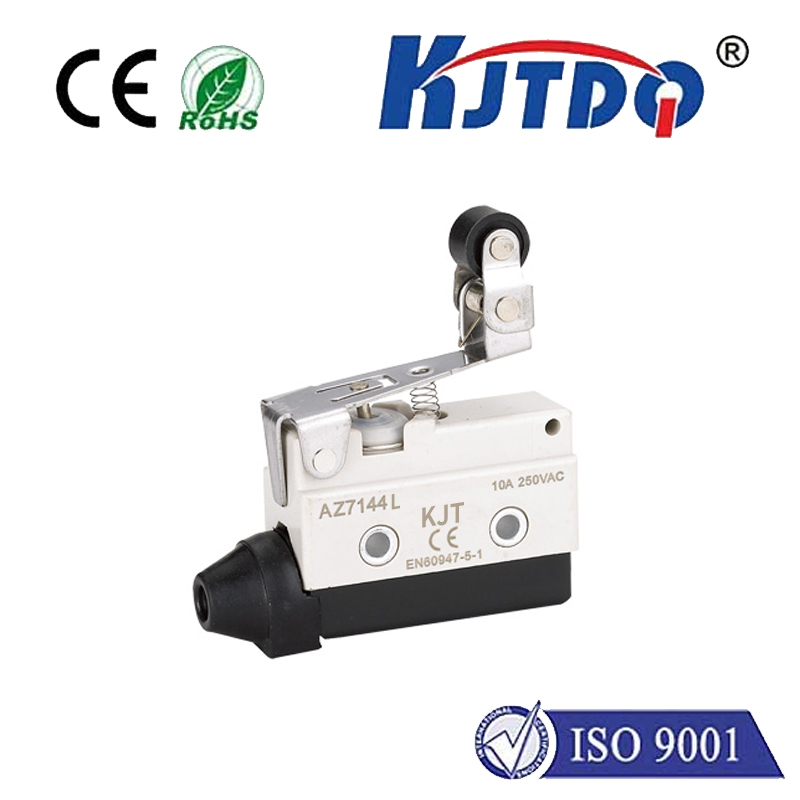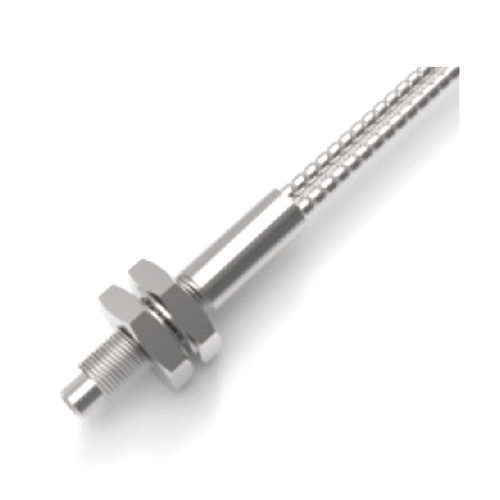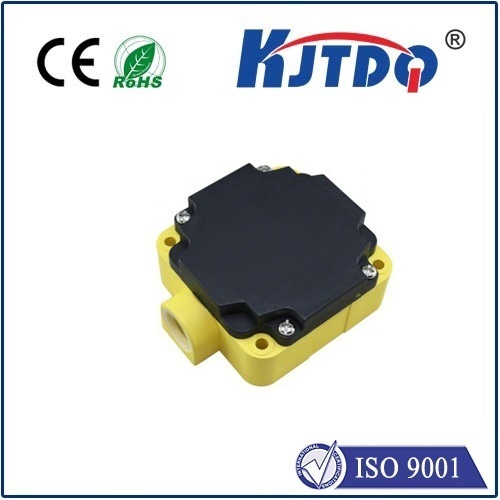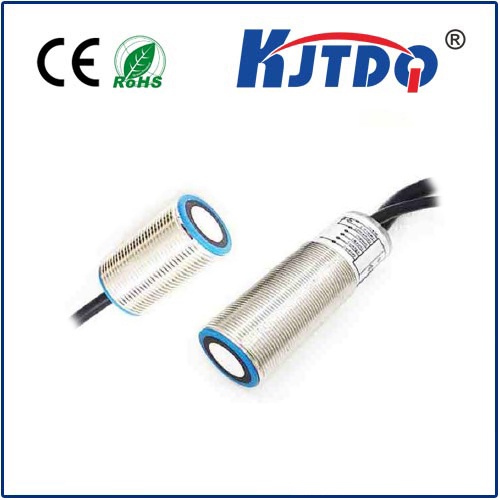optical magnetic field sensor
- time:2025-08-13 17:12:43
- Click:0
Beyond the Compass: How Optical Magnetic Field Sensors Transform Precision Measurement
Optical Magnetic Field Sensors are quietly revolutionizing our ability to detect and measure magnetic fields with unprecedented precision, safety, and versatility. Moving far beyond the simple compass needle, these sophisticated devices harness the interaction between light and magnetism to deliver capabilities often unachievable by traditional inductive or Hall-effect sensors. Understanding their operation and advantages is key for engineers and scientists pushing the boundaries of measurement technology.
The Magical Interaction: Light Meets Magnetism
At the heart of most optical magnetic field sensors lies a fundamental principle: the magneto-optic effect. This describes how the properties of light can be altered as it passes through specific materials immersed in a magnetic field. The most commonly exploited effect for sensing is the Faraday Effect. Here, the plane of polarization of linearly polarized light rotates proportionally to the strength of the component of the magnetic field aligned with the direction of the light beam. This rotation, though often minute, is highly reproducible and measurable.
Other effects like the magneto-optic Kerr effect (surface-sensitive) or optical absorption changes in specific materials under magnetic fields are also utilized in certain sensor designs. The core concept remains: convert an invisible magnetic field change into a detectable, high-fidelity optical signal.
Key Components and Operating Principle

A typical optical magnetic field sensor consists of several essential elements:
- Light Source: Usually a laser diode (LEDs are possible but lasers offer higher coherence and intensity) providing a stable light beam.
- Polarizer: Creates linearly polarized light.
- Magneto-Optic Material (MOF): The core sensing element placed within the magnetic field environment. Materials like specialized glasses (e.g., Terbium Doped Glass - Terbium Gallium Garnet - TGG), crystals (e.g., Yttrium Iron Garnet - YIG), or even specific liquid crystals exhibit strong magneto-optic properties like the Faraday effect.
- Analyzer Polarizer: Positioned after the MOF at a specific angle relative to the first polarizer. It converts the polarization rotation caused by the magnetic field into an intensity modulation of the emerging light beam.
- Photodetector: Converts the modulated light intensity into an electrical signal.
- Signal Processing Unit: Amplifies, filters, and interprets the electrical signal to provide the final magnetic field measurement, often compensating for temperature effects or noise.
The critical process flow is:
- Light is polarized.
- Polarized light passes through the MOF material exposed to the magnetic field (H).
- The field causes a rotation (θ) of the polarization plane (θ = V * H * L, where V is the Verdet constant of the material, and L is the path length).
- The analyzer polarizer translates this rotation into changing light intensity reaching the photodetector.
- The photodetector output current/voltage becomes proportional to the magnetic field strength.
Unlocking Significant Advantages: Why Go Optical?
Optical magnetic field sensors offer a compelling set of benefits driving their adoption across diverse fields:
- Immunity to Electromagnetic Interference (EMI): This is perhaps the most significant advantage. Because the sensing and signal transmission occur via optical fiber, the sensor is inherently immune to strong stray electric and magnetic fields, voltage transients, and radio frequency interference (RFI) that plague conventional electronic sensors. This is crucial in environments like power substations, near heavy machinery, or for medical applications like MRI.
- Intrinsic Safety: The sensing head contains no electrical components and operates on low optical power. This makes them intrinsically safe and ideal for explosive or hazardous environments (e.g., oil & gas, mining, chemical plants) where electrical sparks pose a significant risk.
- High Sensitivity and Wide Dynamic Range: Depending on the MOF material and design, these sensors can achieve remarkable sensitivity, detecting minute magnetic field changes. They also often possess a very wide dynamic range, capable of measuring fields from microtesla (µT) to tesla (T) levels accurately.
- Non-Contact and Remote Sensing: The magnetic field interacts with the MOF material without any physical contact between the sensor element and the field source. Furthermore, the sensor head can be located far from the electronics via long optical fibers (kilometers possible), enabling remote operation in challenging or inaccessible locations.
- High Bandwidth and Fast Response: Optical detection allows for extremely fast response times, often into the megahertz range. This is essential for measuring rapidly changing magnetic fields, such as those found in pulsed power systems, high-speed motors, or electromagnetic compatibility (EMC) testing.
- Miniaturization Potential: MOF materials and integrated optics technologies enable the development of very compact sensor heads, opening possibilities for integration into tight spaces or medical probes.
- Galvanic Isolation: The optical fiber provides perfect electrical isolation between the measuring point and the readout unit, crucial for high-voltage applications (e.g., current sensing in power lines).
Diverse Applications: Where Light Measures Magnetism
The unique advantages of optical magnetic field sensors have led to their deployment in numerous critical sectors:
- Electrical Power Systems: Precise, non-contact current measurement in high-voltage transmission lines, busbars, and switchgear (fibre optic current sensors - FOCS) compliant with standards like IEC 60044-8. Monitoring transformer leakage fields and partial discharges.
- Scientific Research: High-precision mapping of magnetic fields in particle accelerators, plasma confinement devices (fusion research), and materials science laboratories. Magnetoencephalography (MEG) research often utilizes highly sensitive SQUID magnetometers, but optical alternatives (e.g., using atomic vapors) are emerging.
- Industrial Automation & Condition Monitoring: Speed and position sensing in electric motors and generators, especially in noisy environments. Detecting bearing currents and monitoring the health of rotating machinery.
- Defense and Aerospace: Navigation systems (augmenting or replacing traditional compasses), undersea applications (minesweeping, submarine detection - using magnetometers), munition guidance systems, and aircraft health monitoring due to EMI resilience.
- Biomedical Sensing: Emerging applications include detecting weak biological magnetic fields (heart, brain - enabling potentially less bulky MEG systems), and using magnetic nanoparticles as contrast agents tracked using sensitive magnetometers.
- Geophysics and Space Exploration: Mapping the Earth’s magnetic field for resource exploration (mining, oil/gas) and fundamental research. Planetary missions utilize magnetometers to study celestial bodies’ magnetic fields.
Challenges and Future Outlook
Despite their strengths, challenges remain. Temperature sensitivity of MOF materials requires careful compensation techniques. Achieving very high precision at extremely low fields can still be demanding. Costs, while decreasing, can be higher than simpler traditional sensors for basic applications. Material science advances targeting higher Verdet constants and better temperature stability are ongoing.
The future is bright for optical magnetic field sensors. Integration into silicon photonics platforms promises further miniaturization, cost reduction, and potentially multi-functional sensor chips. Work on diamond NV-center based sensors leverages quantum effects for unparalleled sensitivity at room temperature. As demand grows for robust, high-performance sensing in increasingly complex electromagnetic environments – from smart grids to biomedical diagnostics to space exploration – optical magnetic field sensors are poised to be an increasingly vital technology, illuminating the unseen forces of magnetism.





















